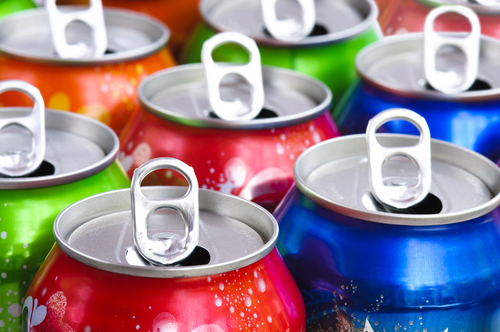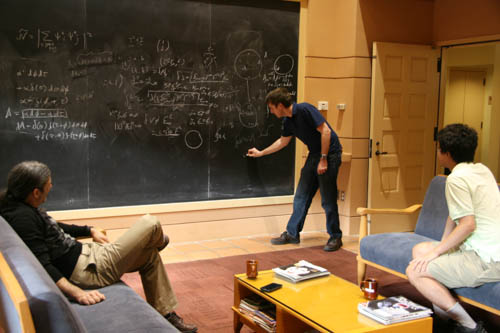 You cannot walk more than a dozen paces at the Kavli Institute for Theoretical Physics, a cloister of sorts for the more theoretically- and mathematically-inclined of the science community, without happening onto a chalkboard.
You cannot walk more than a dozen paces at the Kavli Institute for Theoretical Physics, a cloister of sorts for the more theoretically- and mathematically-inclined of the science community, without happening onto a chalkboard.
Secured on at least one wall of each small office on the building’s two floors is a spacious chalkboard. Chalkboards run across the entire length of the building’s auditorium. At the front of the building’s main lecture hall is a two-tier set of chalkboards, with a sliding mechanism for interchanging the low slabs for the high. Continue reading
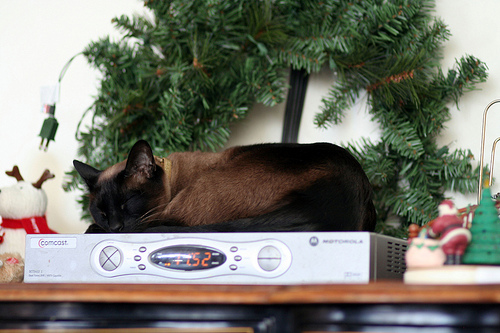
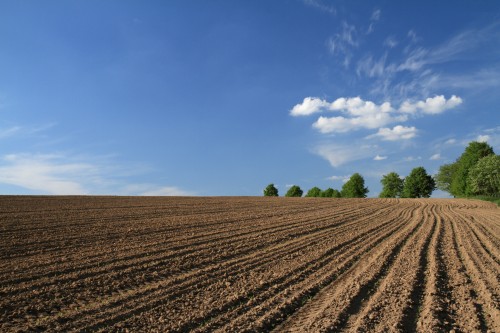
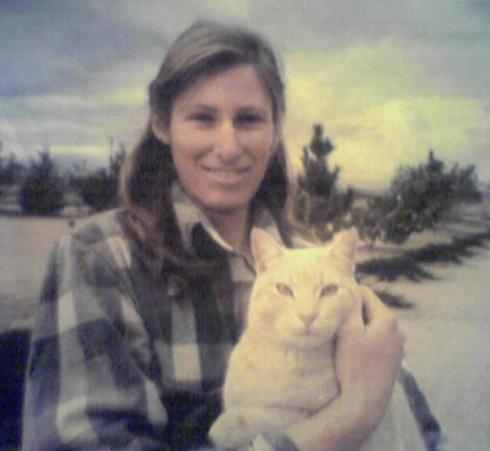
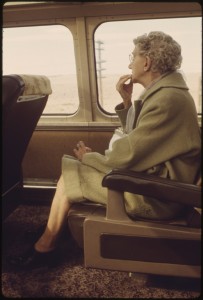 , and you’ve been on the internet in the last few days, you may have seen that Amtrak granted a pilot writers’ residency to a
, and you’ve been on the internet in the last few days, you may have seen that Amtrak granted a pilot writers’ residency to a 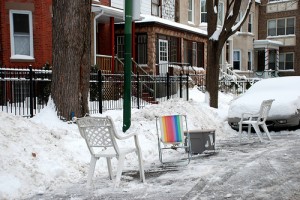 February 17 – 21
February 17 – 21
